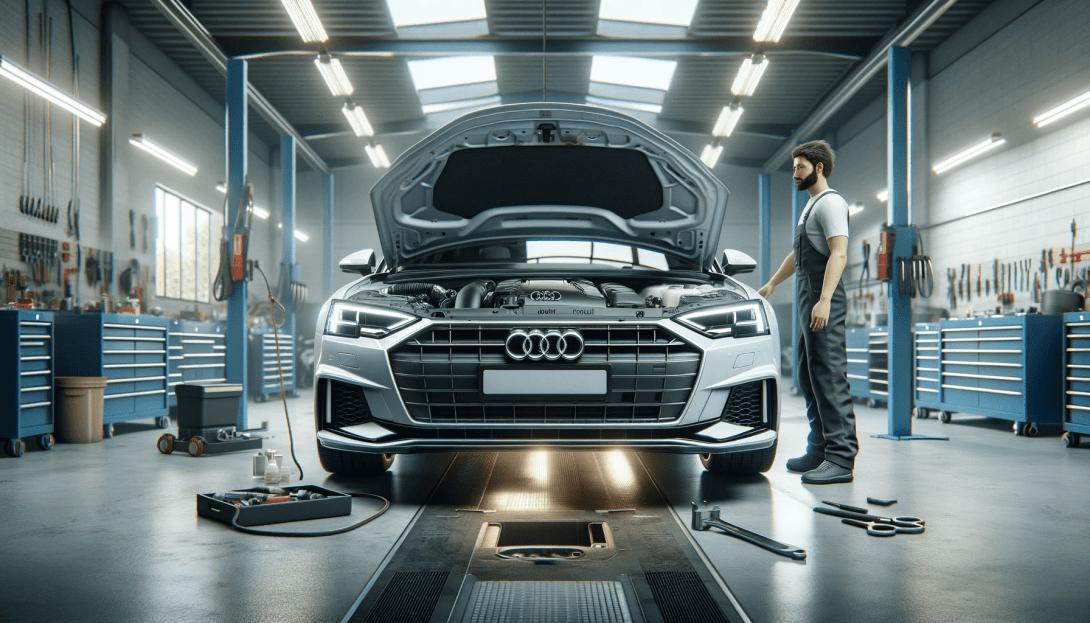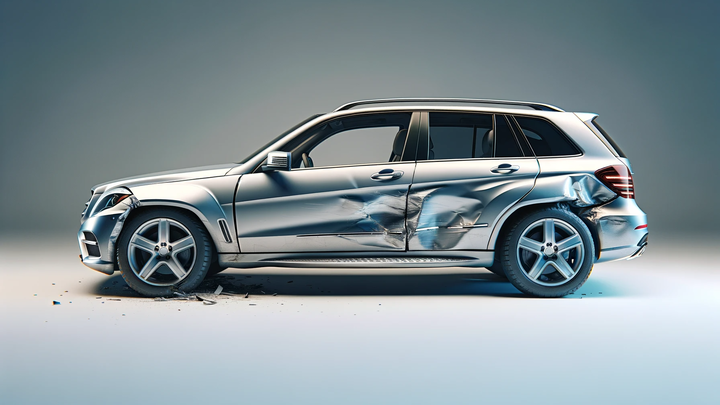Drive shaft broken: What now?
Drive shaft defective symptoms: What to do if the drive shaft is broken?
The drive shaft plays a crucial role in your vehicle. It ensures that power is transmitted from the transmission to the wheels. But what happens if the drive shaft is broken? In this blog post, you will find out how to recognize damage to the drive shaft, what causes can be behind it and what steps you should take if you are confronted with this problem.
Symptoms of drive shaft damage
A defective drive shaft can exhibit various symptoms that become apparent while driving. Do you feel unusual vibrations, especially when accelerating or cornering? These vibrations can be a sign that the drive shaft is no longer doing its job properly and power is not being transmitted evenly to the wheels.
Another common symptom is the typical sound of a defective drive shaft. If clunking noises occur when steering or accelerating, this often indicates that the drive shaft joints are damaged and need to be repaired or replaced.
In addition, leaks can occur under your vehicle. These leaks may indicate a lubrication problem caused by a damaged driveshaft. Lubricant helps to lubricate the joints of the drive shaft and reduce friction. If lubricant is leaking, this can signal a serious problem.
Shaking while driving, especially when changing gear, can also indicate problems with the drive shaft. If the drive shaft has been damaged, this often leads to an uneven flow of power, which is noticeable in the form of vibrations.
FAQ: Frequently asked questions about drive shaft defect symptoms 🚗
Here are some of the most common questions car owners have regarding the driveshaft:
How long does a driveshaft usually last?
🚗 A driveshaft can last several 100,000 kilometers depending on driving style and stress, but wear and tear is unavoidable. Regular maintenance can extend the service life.
What happens if I continue to drive with a defective drive shaft?
⚠️ Continuing to drive with a defective drive shaft is dangerous. It can lead to sudden loss of control of the vehicle, especially when cornering or accelerating. It is better to drive to the workshop before the problem gets worse.
How much does it cost to repair a drive shaft?
💸 Depending on the car model and the damage, the repair costs can range between 200 and 800 euros. Original spare parts are generally more expensive but offer higher quality and durability.
Can I repair a defective drive shaft myself?
🔧 Repairing the drive shaft is not an easy task and requires special tools and expertise. It is recommended to have the repair carried out by a professional.
Causes of a defective drive shaft
There are various causes that can lead to damage to the drive shaft:
- Normal wear: As the drive shaft is continuously under load, it can wear out over time. This is a normal process and often occurs in older vehicles.
- Overloading: Frequent driving on uneven roads, pulling heavy loads or an aggressive driving style can cause damage to the drive shaft.
- Accidents: An impact, such as a collision with an obstacle, can damage the drive shaft and necessitate repair or replacement.
🚗 Did you know that a defective drive shaft can also cause the tires to wear unevenly?
If the drive shaft is defective, it does not transmit the power evenly to the wheels. This can cause your tires to wear on one side or unevenly. This can not only worsen the grip on the road, but also increase the risk of tire damage, which leads to a higher safety risk.
Costs for the repair
The cost of repairing a drive shaft can vary depending on the type of vehicle, the extent of the damage and the labor costs. As a rule, however, it is an expensive affair. Spare parts can cost between 200 and 800 euros, depending on the brand and quality.
You can choose between original spare parts and cheaper reproduction components. While original parts are more expensive, they usually offer the best fit and durability.
What if the repair is too expensive?
If the repair costs seem too high or you don't want to take on the expense, there is a simple solution: CashforCars.de. We will buy your vehicle with a defective drive shaft – regardless of its condition!
How does it work?
- Contact us: Call us on +49 (211) 7306 1701, send us a message via WhatsApp or fill out our online form.
- Evaluation: We evaluate your car fairly and transparently.
- Collection and payment: We collect your vehicle directly from you and pay immediately by real-time bank transfer.
Start now and save yourself the hassle of an expensive repair!
Conclusion
Drive shaft damage can have a serious impact on the safety and handling of your vehicle. It is important to act quickly at the first symptoms of a defective drive shaft and have the vehicle checked in a workshop. If the repair costs are too high, you can easily sell your vehicle at CashforCars.de – quickly, easily and without stress.






